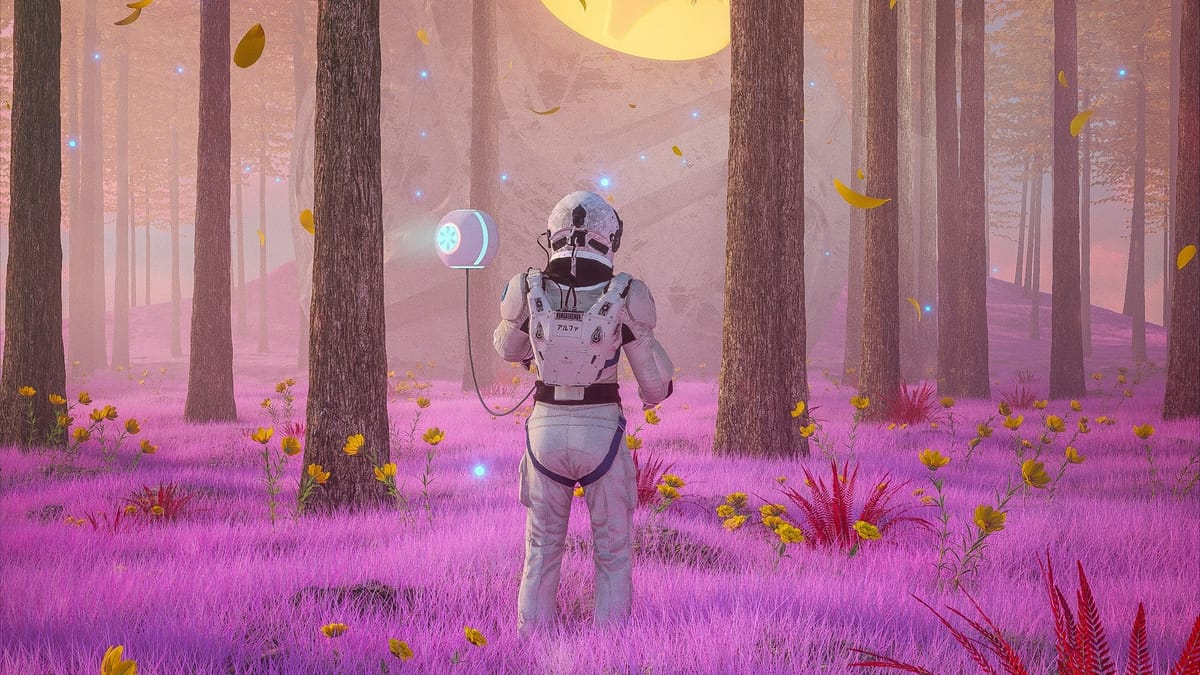How will life evolve in a planet where gravity is 10 times stronger?

In this article, we discuss a hypothetical scenario how life would evolve in a planet with 10 times the gravity of Earth. Such extreme and harsh conditions would crush any form of life here on Earth. However, it is possible for life to take a completely altered evolutionary course to evolve in their native environment with more robust structures, as they would have adapted unique systems to survive in their climate. One possible theory include the adaption of superstructures, such as graphene, a lightweight material 200 times the strength of steel as part of their skeletal system. We discuss more possibilities like this in the upcoming sections below.
Size and Structure
Theory 1:
- Animals and plants would evolve to use superstructures, similar to graphene to support their structures. Graphene is often considered a wonder material in physics due to it's unparalleled strength, flexibility and other properties. To put this into perspective, it would take an elephant balanced on a pencil to pierce through graphene. This remarkable property can be utilized by the species throughout it's body parts to survive the immense gravity and atmospheric pressure. This would replace the collagen and keratin found in plants and skeletons in bones as part of their support system.
Theory 2:
- There is a high probability that animals and plants would have shorter and more compact shapes. This would reduce energy consumption while facilitating movement.
- Plants would evolve to grow horizontally instead of vertically to survive the different environment. On Earth, plants evolved to grow taller as they needed to outcompete surrounding plants for sunlight. But with a stronger gravitational force, this becomes more of a challenge. However, there is a possibility of certain species utilizing wonder materials as part of their structure such as graphene to defy the odds and grow tall anyway.
Movement in Animals
- Animals are more likely to move slower compared to living beings on Earth. As gravity and pressure is stronger, greater energy is required to move and these species would have to evolve stronger muscles.
- Animals would also evolve a safer type of locomotion similar to that of what is found in insects. This is to reduce the risk of injuring themselves if they fall down as the increased gravity would damage their organs and might kill them. They would also have many legs to evenly distribute the gravitational force throughout their body.
- Flying species, such as birds are highly unlikely to be found in this planet. As they require immense energy for flight.
Energy
- With immense amounts of gravity, the energy consumption of plants and animals would be far greater than of species on Earth. They would go significant adaptations to survive the different environment.
- As conserving energy is vital, animals would adapt behaviours that maximise energy efficiency and reduce energy consumption. For example, animals would likely reduce the number of offspring produced and produce more resilient offspring to maximise the chance of their survival. Animals are also more likely to adapt survival behaviours such as moving cautiously to prevent body injuries or death if they fall down.
- As plants would require a lot more energy to perform their functions, they would also develop different mechanisms to facilitate their functions. On Earth, when sunlight is available, plants carry out photosynthesis and at night, plants carry out respiration. In a planet where gravity is 10 times stronger, plants would have to maximise their chances of survival to build more robust body cells while receiving similar amount of sunlight they receive on Earth. As a result, their sizes would be smaller but more resilient. There are 2 possibilities in how plants could evolve. Plants might remain dormant and switch off cellular functions at night or develop a large and dense energy storage to facilitate respiration to remain active at night.
In conclusion, it is remarkable how adjusting a small variable such as the gravitational constant results in a significantly different trajectory of evolution. This underscores the delicate balance of factors that allowed life as we know it to emerge and thrive on Earth and paved the path for our existence.
Subscribe to my blog for more discussions like this topic!